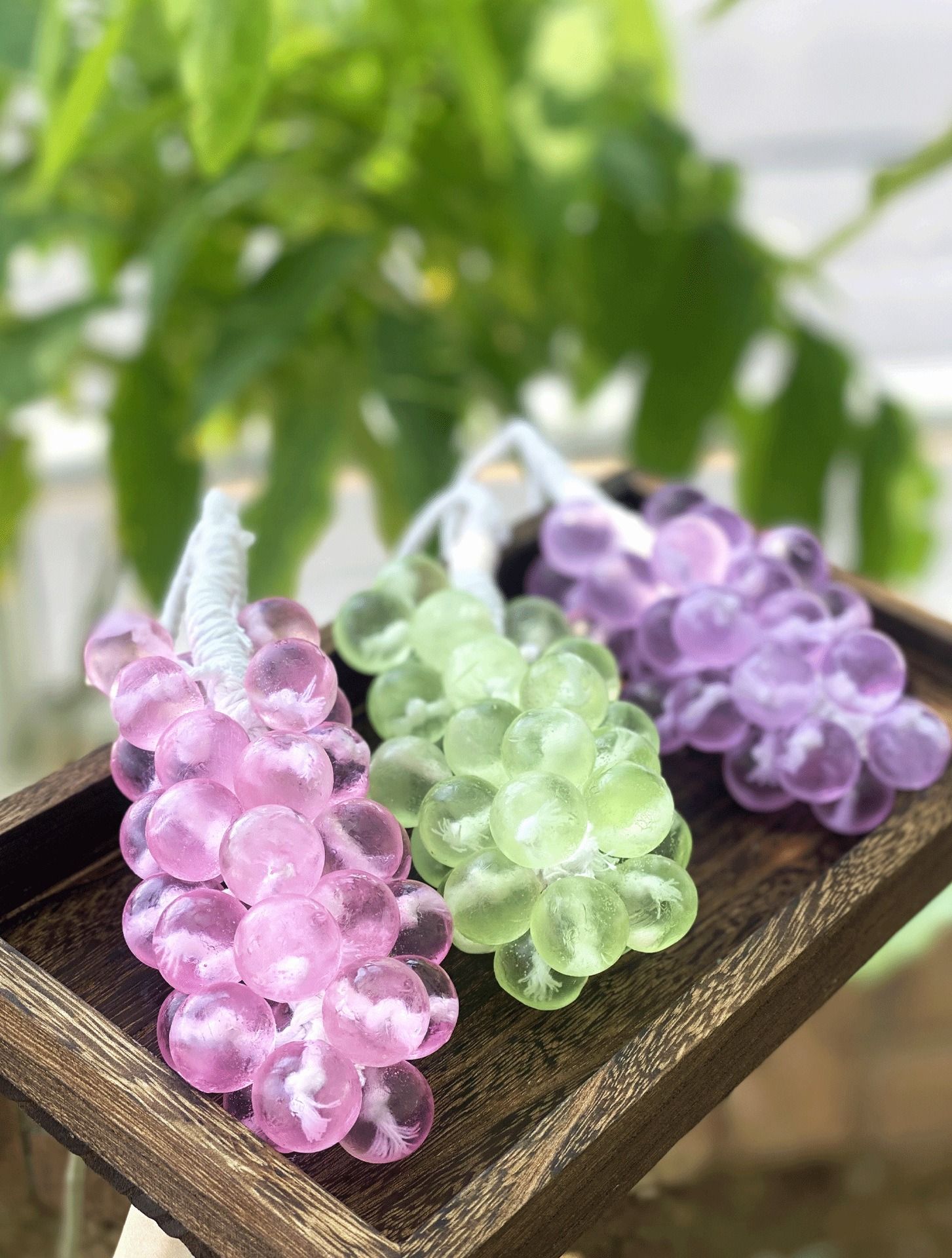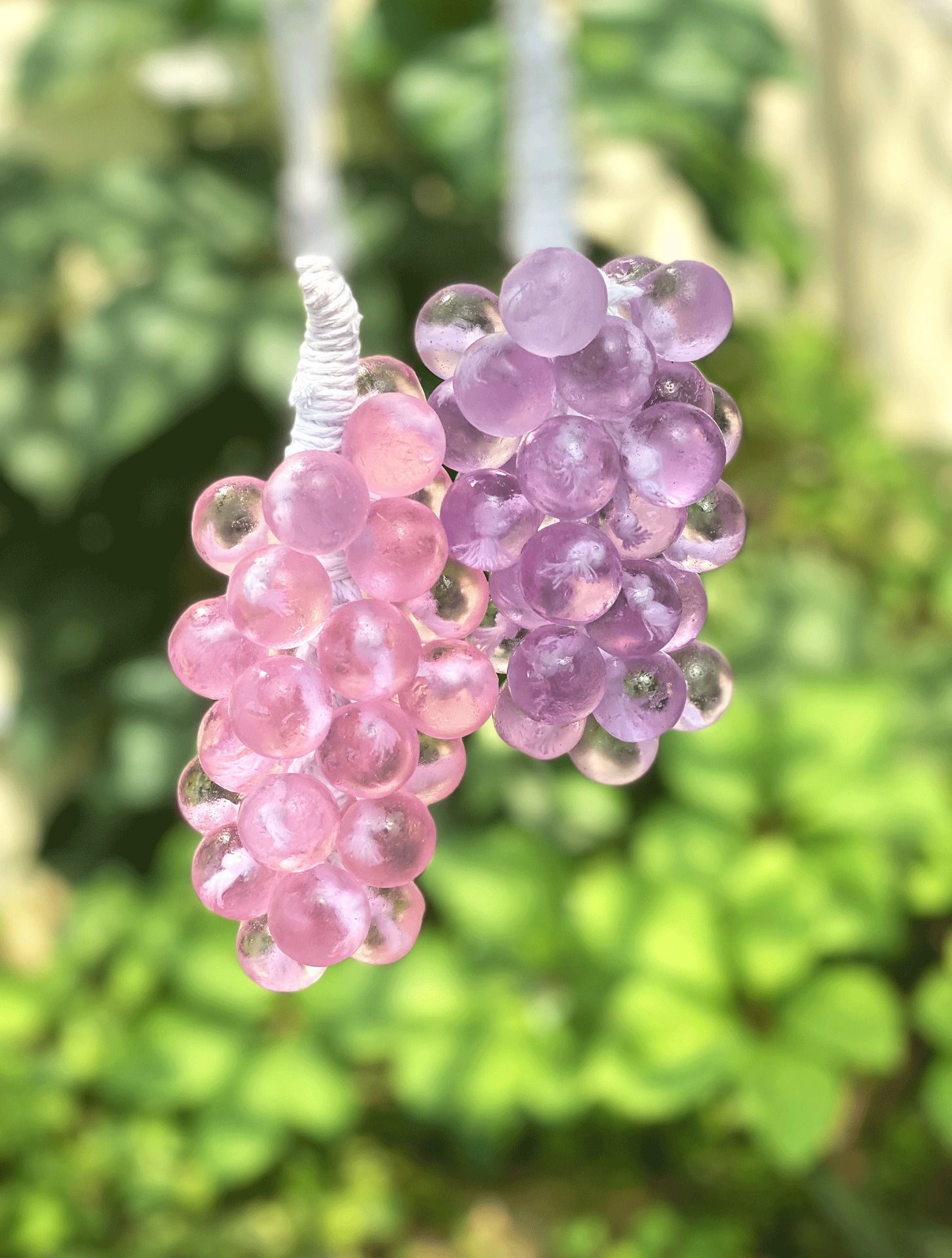🌿 Introduction: The Misunderstanding of Glycerin in Soap
Glycerin (or glycerol) is a skincare superstar, famous for its humectant properties—it draws moisture to the skin. Many commercial bar soaps advertise themselves as "Glycerin Soap," leading people to ask: Can you add glycerin to cold process soap?
The simple answer is that all true, real cold process soap is naturally a glycerin cold process soap.
The confusion lies in the difference between natural, opaque cold process soap and commercial, translucent "glycerin soap." Let's dive into the science to set the record straight and uncover the special recipe for making a clear bar from scratch.
I. ✨ The Truth: Glycerin Cold Process Soap is Standard
1. Glycerin is a Natural Byproduct
During the saponification process—the chemical reaction between oils (fats/triglycerides) and lye (sodium hydroxide)—the oils break down into two key components:
Soap (Fatty Acid Salts): The cleansing agent.
Glycerin (Glycerol): The moisturizing agent.
In traditional cold process soap, the naturally created glycerin remains fully intact within the soap matrix. Commercial manufacturers, however, often remove this valuable glycerin to sell separately for use in lotions and cosmetics, leaving consumers with a drying, inferior bar.
2. Should You Add Extra Glycerin?
For standard, opaque cold process soap, soapmakers generally do not need to add extra glycerin. The soap already contains a naturally high percentage (around 7-10% of the bar's weight) from the saponification process, which provides ample moisturizing benefits.
Caution: Adding extra glycerin to cold process soap can sometimes lead to an undesirable texture known as "glycerin rivers"—streaks and cracks that appear in the soap—or cause the soap to "sweat" more readily due to glycerin's humectant properties.
II. 🔬 The Cold Process Glycerin Soap Recipe: Making It Transparent
So, if traditional cold process soap is already a glycerin cold process soap, how do we make the clear, transparent bars that are famous for being "glycerin soap"?
The key is an additional processing step that uses the original cold process soap as a base. This technique is sometimes called "rebatching for clarity" or simply the "transparent soap method."
The Three Key Clarifying Ingredients
Making truly transparent soap requires adding specific ingredients that alter the refractive index and dissolve the soap molecules, allowing light to pass through:
Alcohol (e.g., Isopropyl or high-proof Vodka): Acts as a solvent to break down the soap structure.
Sugar Solution (Sugar + Water): Helps dissolve the soap and contributes to the clarity.
Extra Glycerin: Yes, this is where you add extra glycerin! Added glycerin, alongside alcohol, helps dissolve the soap and keep the final bar translucent.
Note: This method starts with the cold process reaction but requires extensive heat and precise measurements of solvents, essentially turning it into a specialized Hot Process technique for clarification. This is NOT the simple cold process method.
III. 💡 Finding the Right Bar: Opaque vs. Transparent
When you shop for a moisturizing glycerin cold process soap, here’s what to keep in mind:
| Feature | Opaque Cold Process Soap | Transparent Glycerin Soap |
| Glycerin Content | High (naturally retained) | Very High (naturally retained + added) |
| Cleansing Method | True Cold Process (simple ingredients) | Specialized Hot Process/Solvent Method |
| Appearance | Opaque, often creamy or textured | Clear/Translucent |
| Best For | Daily moisturizing, sensitive skin | Decorative use, specialty moisturizing |
Regardless of the appearance, the best moisturizing bar is one that has retained its natural glycerin. The primary difference is the added complexity required to make a bar clear.
Conclusion: Embrace Your Natural Glycerin Cold Process Soap
You now know the powerful truth: Every genuine bar of cold process soap is inherently a glycerin cold process soap. You typically don't need to ask can you add glycerin to cold process soap—it's already there!
If your goal is maximum moisturizing benefits, simply choose a trusted artisanal soapmaker who guarantees they do not remove the glycerin. If your goal is a beautiful, crystal-clear bar, then the challenging but rewarding cold process glycerin soap recipe awaits!
👉 Would you like to search for a detailed video tutorial on the complex 'transparent soap' method that utilizes the cold process base?


